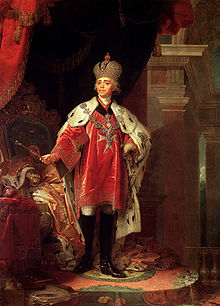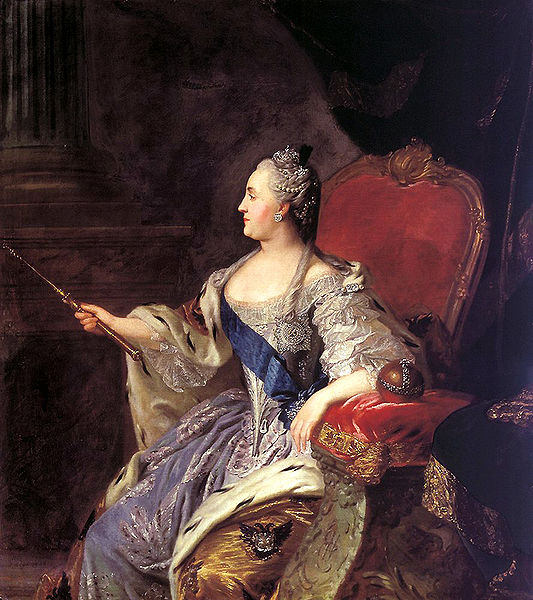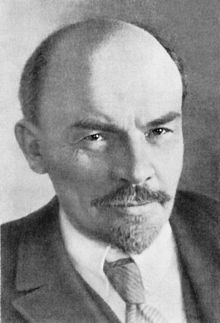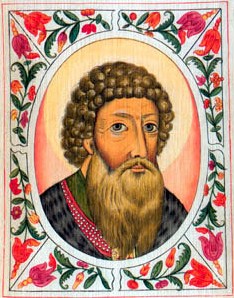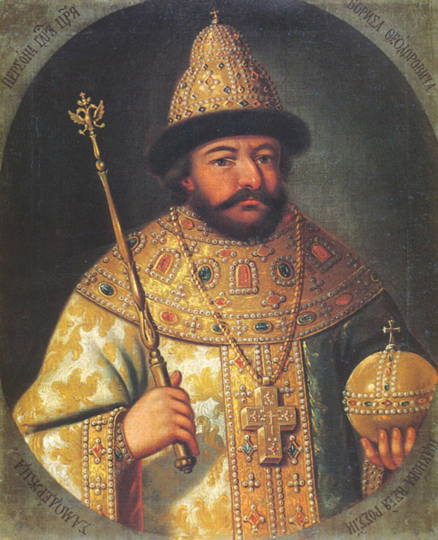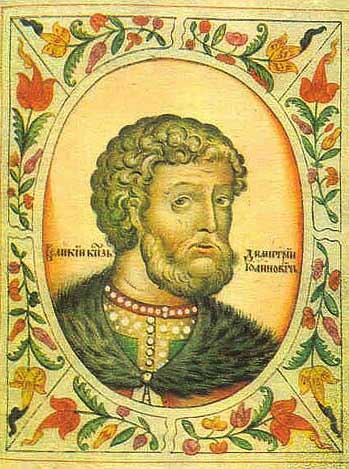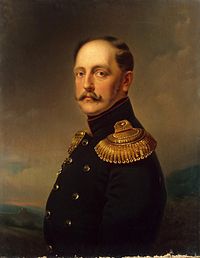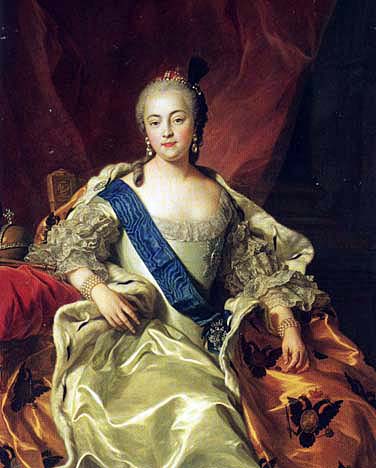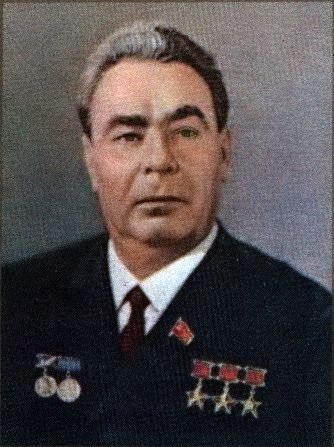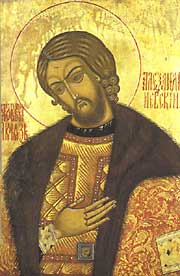
Alexander Nevsky, born on May 20, 1220 is in my opinion, the third best Russian ruler of all time. The grandson of Vsevolod the Big Nest, his exploits against the Swedes and the Germans were legendary. He also placated the Mongols of the Golden Horde, protecting the people from their raids. In the opinion of many Russians, he stands as one of their favorite Russian rulers alongside Peter the Great and strangely enough, Joseph Stalin.
According to the Primary Chronicles, “By the will of God, prince Alexander was born from the charitable, people-loving, and meek the Great Prince Yaroslav, and his mother was Theodosia. As it was told by the prophet Isaiah: ‘Thus sayeth the Lord: I appoint the princes because they are sacred and I direct them.’ “… He was taller than others and his voice reached the people as a trumpet, and his face was like the face of Joseph, whom the Egyptian Pharaoh placed as next to the king after him of Egypt. His power was a part of the power of Samson and God gave him the wisdom of Solomon … this Prince Alexander: he used to defeat but was never defeated …”
The Novgorodian people elected Alexander Nevsky to be their military leader as they were being threatened by the Swedes. At the Battle of Neva, Alexander when he was but 19 years old, defeated the Swedish Army, thus preventing an all out invasion. Even though he won the day, and was given the name Nevsky because of it, the jealous boyars pushed him away. He was recalled the following year as the Livonian Order once again invaded the area, and again Alexander repulsed them.
The importance of these victories cannot be understated. The Mongols had just invaded the region and the people were shell shocked. They needed a home grown hero and Nevsky was the man. While some thought that the Russian people should fight off the Horde, Alexander was shrewd and wise enough to know better. He knew that if he were to wage war with the Mongols, Russia could very well have been wiped off the face of the earth. Better to placate them by paying tribute than to risk the lives of his people.
In 2008, the Russian people voted Nevsky as both the greatest hero of Russian history and the greatest Russian of all time. High honors which are well deserved. If not for the accomplishments of the two men ahead of Alexander, I would have also made him number 1.
